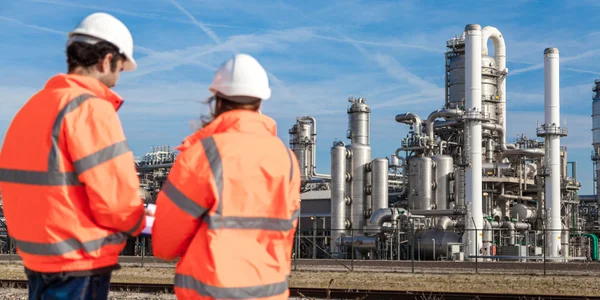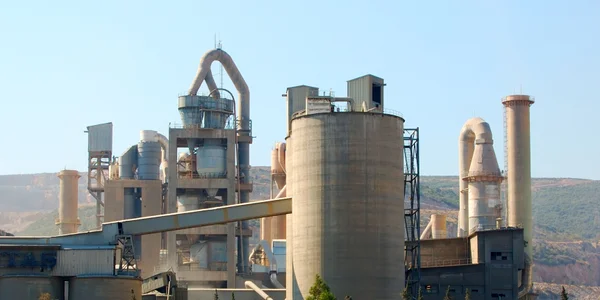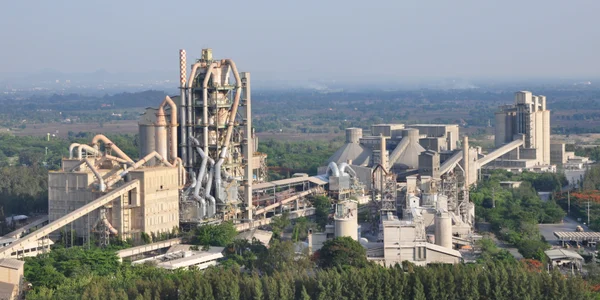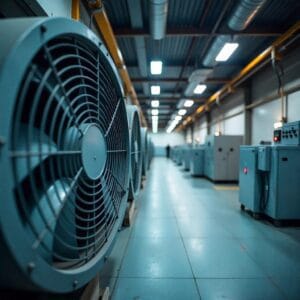Mga Plant sa Paglilinis ng Gas
Ang Intensiv Filter Himenviro Gas Cleaning Plant ay isang advanced na pang-industriya na solusyon na idinisenyo upang alisin mapaminsalang polusyon, particulate matter, at mga gas mula sa mga pang-industriyang tambutso bago sila ilabas sa atmospera. Ininhinyero para sa mataas na kahusayan at pagsunod sa mahigpit na mga regulasyong pangkapaligiran, tinitiyak ng aming Mga Gas Cleaning Plant na mababawasan ang mga emisyon at pinabuting kalidad ng hangin. Ang mga system na ito ay gumagamit ng kumbinasyon ng pagsasala, pagkayod, at pagsipsip ng kemikal mga teknolohiya upang gamutin ang isang malawak na hanay ng mga pang-industriyang gas. Angkop para sa mga industriya tulad ng semento, bakal, pagpoproseso ng kemikal, at pagbuo ng kuryente, nag-aalok ang Gas Cleaning Plant ng maaasahan at napapanatiling kontrol ng polusyon sa hangin habang ino-optimize ang kahusayan sa enerhiya at pagganap ng pagpapatakbo.
Aplikasyon ng Aming Mga Produkto para sa Mga Benepisyo sa Operasyon
Ang Intensiv Filter Himenviro Gas Cleaning Plant ay isang komprehensibong solusyon na idinisenyo upang tulungan ang mga industriya na makamit ang mas malinis at mas napapanatiling produksyon. Sa pamamagitan ng pagsasama-sama ng mga advanced na teknolohiya sa pagsasala at pagkayod, tinitiyak ng system na ito ang pinakamainam na pag-alis ng alikabok, mga nakakalason na gas, at mga kemikal na contaminant mula sa mga tambutso. Sa pagpapatakbong matipid sa enerhiya, mababang mga kinakailangan sa pagpapanatili, at pagsunod sa mga mahigpit na regulasyon sa kapaligiran, ang aming Mga Gas Cleaning Plant ay nagbibigay ng maaasahan, matipid, at eco-friendly na diskarte sa pang-industriyang air purification. Para man sa mga cement kiln, power plant, o industriya ng kemikal, ang aming mga system ay naghahatid ng pambihirang pagganap habang nag-aambag sa isang mas malinis at mas ligtas na kapaligiran sa pagtatrabaho.
Aplikasyon ng Aming Mga Produkto para sa Solution in Place Filter
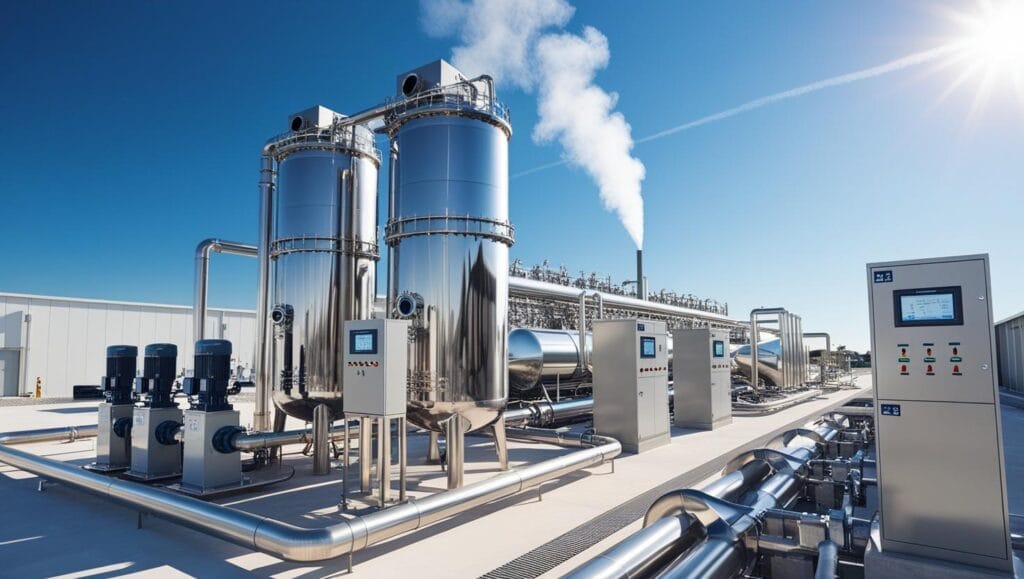
Tinitiyak ang pagsunod sa mahigpit na mga regulasyong pangkapaligiran sa pamamagitan ng epektibong paggamot sa mga pang-industriyang gas emissions.

Ino-optimize ang pagkonsumo ng enerhiya at kahusayan sa pag-filter upang mabawasan ang pangkalahatang mga gastos sa pagpapatakbo.
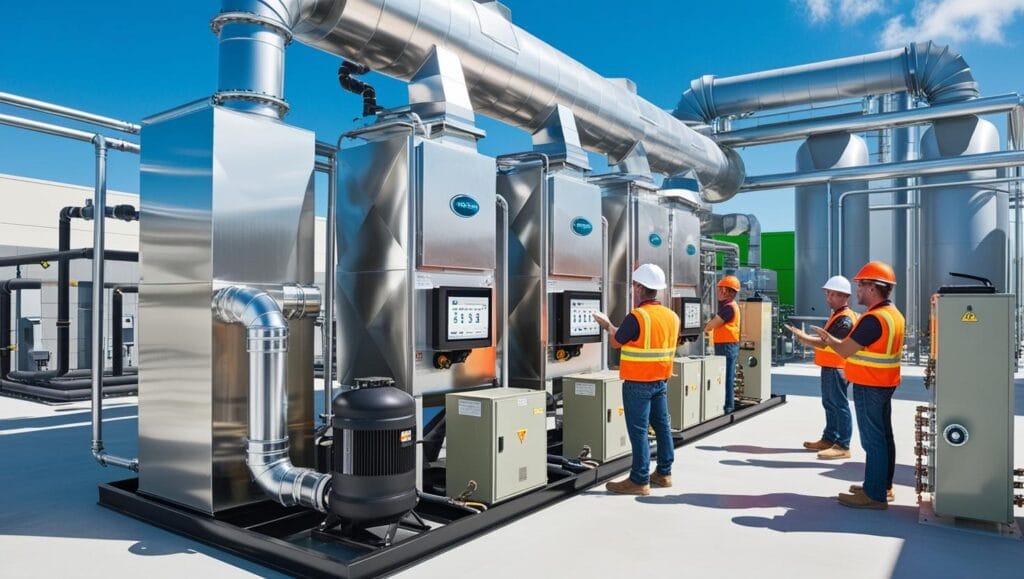
Kinukuha ang mga mapanganib na pollutant, pinipigilan ang kontaminasyon sa kapaligiran at tinitiyak ang kaligtasan sa lugar ng trabaho.
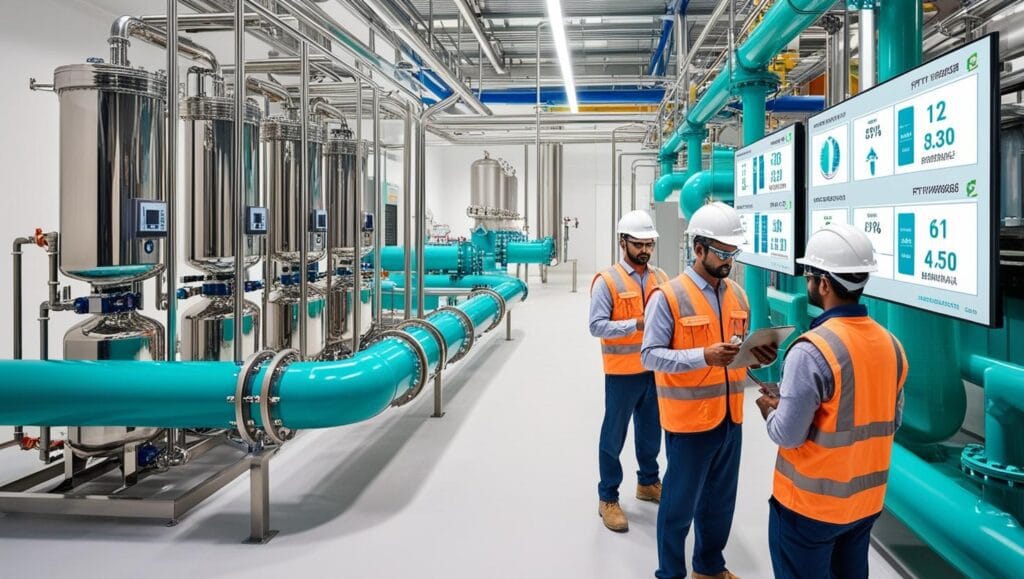
Naghahatid ng mas malinis na daloy ng hangin at gas, na nagpapahusay sa pagganap ng mga prosesong pang-industriya sa ibaba ng agos.
Mga aplikasyon |
|---|
Industriya ng Semento |
Industriya ng Bakal at Metalurhiko |
Mga Power Plant |
Mga Planting Nagpoproseso ng Kemikal |
Mga Refinery ng Langis |
Paggawa ng Salamin |
Industriya ng Pharmaceutical |
Mga Halamang Pagsusunog ng Basura |
Pagproseso ng Pagkain |
Mga Pangunahing Tampok at Benepisyo |
|---|
Mataas na Kahusayan sa Paglilinis ng Gas |
Modular at Nako-customize na Disenyo |
Enerhiya-Efficient Operasyon |
Multi-Stage Filtration |
Pangmatagalang Katatagan |
Automated Control System |
Pagsunod sa Kapaligiran |
Mga Kinakailangan sa Pinababang Pagpapanatili |
Pinahusay na Kaligtasan sa Lugar ng Trabaho |
Mga kalamangan |
|---|
Pinahusay na Kahusayan sa Pagpapatakbo |
Sulit na Solusyon |
Matatag na Disenyo |
Pangkapaligiran Sustainable |
Flexible na Configuration |
Pinaliit na Downtime |
Napatunayang Pagiging Maaasahan |
Pinahusay na Buhay ng Kagamitan |
User-Friendly na Operasyon |
Kumonekta sa amin para sa Expert Consultation
I-explore ang Iba Naming Serbisyo!
Mga Madalas Itanong
Ang Gas Cleaning Plant ay isang pinagsama-samang multi-stage system na idinisenyo upang linisin ang mga pang-industriyang tambutso bago ito ilabas sa atmospera. Karaniwang pinagsasama nito ang pag-alis ng alikabok, paglamig ng gas, pagkayod, at kung minsan ay pagsipsip ng kemikal upang matugunan ang mga pollutant gaya ng particulate matter, acid gas (SO₂, HCl, HF), heavy metal, at volatile organic compound. Tinitiyak ng mga system na ito ang pagsunod sa mga pamantayan sa paglabas, pinoprotektahan ang mga kagamitan sa ibaba ng agos, at mas mababang epekto sa kapaligiran—katulad ng mga solusyon na pinagtibay ng mga nangungunang pandaigdigang provider.
Ang mga halaman na ito ay madalas na nagsisimula sa paglamig ng gas—sa pamamagitan ng quench system o mga heat exchanger—na sinusundan ng pangunahing pag-alis ng alikabok gamit ang mga cyclone o multi-cyclone. Maaaring may kasamang wet electrostatic precipitator o mga filter ng tela sa pag-alis ng pinong particulate. Ang mga gas-phase contaminant ay pinangangasiwaan sa pamamagitan ng mga scrubber, absorbent injection (tulad ng lime o activated carbon), o kahit na mga advanced na catalytic technique gaya ng SNOX o WSA. Ang mga disenyo ay maaari ding magsama ng mga packed-bed absorbers para sa mga gaseous pollutant at mist eliminator upang maiwasan ang pagdaloy ng likido.
Ang mga acid na gas tulad ng SO₂ ay karaniwang na-neutralize gamit ang mga basang scrubber (limestone/lime slurries), na ginagawang gypsum o sulfate. Ang mga semi-dry o spray-dry na pamamaraan ay gumagamit ng mga powdered sorbents upang maiwasan ang tubig, habang ang mga system na nakabatay sa mga catalytic na proseso (hal., SNOX) ay nag-oxidize at nagre-recover ng sulfur bilang high-purity na sulfuric acid na walang likidong basura o mapanganib na by-products.

